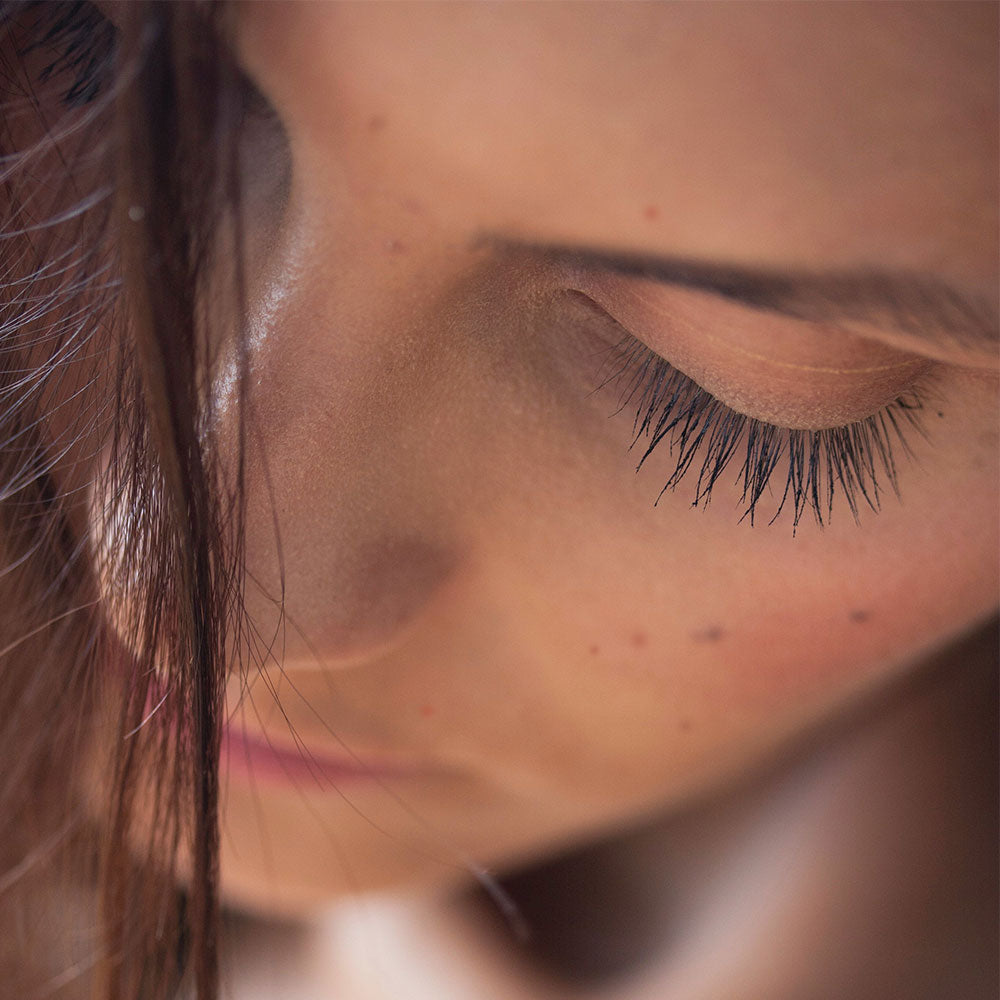
Acne with Dry Skin – What’s the Cause and Treatment?
For all those who are suffering from acne, we know how difficult the battle can be. While it’s true that beauty comes from the inside, it’s pretty annoying when the first thing people see is your acne.
When we think of acne, we naturally correlate it with oily skin. However, acne is not always associated with oily skin.
Are you suffering from acne with dry skin? Let’s discuss the science behind it so that we can head toward its treatment.
Why Do We Get Acne with Dry Skin?
Acne with oily skin is caused by a build-up of oil with clogged pores. Similarly, pores can also get clogged with dead skin cells, dirt, and other substances that cause blockage. Bacteria then builds on top of this blockage, resulting in acne.
Moreover, people with dry skin often tend to use oil-based products to moisturize their skin. These oil-based products can be too heavy for your skin and might block your pores. Recheck the products you’re using in your skincare routine to make sure they don’t have any comedogenic (pore-blocking) substances. Use water-based moisturizers if you have acne with dry skin and always go for non-comedogenic products.
How to Treat Acne for Dry Skin
Acne with dry skin can be hard to deal with because most products focus on those who have oily skin. Don’t worry though, we’ve got you covered for some of the best tips that will help treat acne for dry skin:
- Choose the right cleanser
Your cleanser plays a key role in keeping your skin clean to make sure dirt doesn’t build up and clog your pores. For acne with dry skin, choose a cleanser that doesn’t strip your natural oil production and is gentle on your skin. If your skin feels light after washing, it's a good sign to change your cleanser.
-
Moisturize, moisturize, moisturize!
One of the best ways to take care of dry skin is to moisturize. If you have dry skin, your sebaceous glands naturally produce less oils. This means you don’t have a protective oil layer that resists heat and provides a barrier, preventing moisture to evaporate. To make up for it, moisturize your skin every day - twice a day.
Here are a few ways to moisturize your skin effectively:
FACE LOTIONS
Face lotions hydrate, sooth and restore moisture. It also gives a protective layer to skin to prevent moisture from evaporating - effectively locking in moisture.
Try using Retinol Face Cream at night. It's a safer alternative than Retinoid. Retinol is a derivative of vitamin A that helps aid cell turnover to give you a smoother skin.
FACIAL OILS
If your skin is dry, your sebaceous glands don’t produce enough sebum, which is essentially made of oil. Sebum protects your skin from external damage and provides a protective barrier against heat and other environmental factors. If you have dry skin, use facial oils to play the role of sebum and act as a protective layer. Facial oils hydrate and lock in moisture.
Try our natural, plant-based facial oils to keep skin healthy and hydrated.
Anti-Aging Exotic Facial Oil (Highly recommended)
This facial oil not only hydrates skin but also produces anti-aging effects, giving you a radiant, youthful skin.
It protects skin from harsh external factors and replenishes moisture back into skin. Our Anti-Aging Exotic Facial Oil contains pomegranate, marula, baobab, borage, and cranberry seed oils.
Our Uplifting Facial Oil restores skin’s elasticity while keeping it hydrated. This facial oil contains Vitamins A, C and E to replenish and repair skin.
- Gently Exfoliate
Exfoliation helps remove dead skin cells that can clog pores. When pores are clogged, bacteria starts to accumulate, resulting in acne. Therefore, it’s very important to exfoliate your skin regularly but gently to remove dead skin cells and build-up without irritating the skin. Over-exfoliating can damage your skin, especially if it's sensitive. We recommend exfoliating once or twice a week.
Face Masks can also make a great exfoliant without drying out skin. Try our Turmeric and Sandalwood Clay Powder Face Mask. It contains natural clay that draws out dirt from pores like a magnet. It also removes excess build-up and is great for acne-prone skin. Sandalwood has anti-inflammatory properties that sooth, remove dark spots, and improve skin's overall health.
- Use Facial Toners
A facial toner is used after cleansing and before moisturizing. It helps clean pores to let your moisturizer's ingredients work better. Facial Toners also help regulate skin’s pH levels. It’s best to use a toner in your night skin care routine before going to bed. Moreover, choose an alcohol-free facial toner to prevent further drying the skin.
Here are some other precautions and habits that will help you eliminate acne with dry skin:
- Always wash your face with lukewarm water because it’s gentle on your skin. Using water that’s too hot can make your skin drier.
- Don’t rub a towel on your face to dry off. Try to allow your skin to air-dry but if you can’t, then gently pat face using a towel without rubbing your skin. Rubbing can further irritate and make skin conditions worst. Moreover, try using a microfiber towel for your face since its gentler than a town and won't disrupt skin’s pH levels.
- Try not to touch your face every now and then.
- Remove makeup before going to bed, no matter how tired you are.